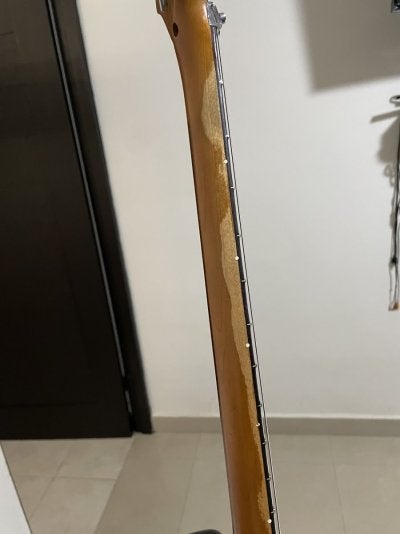El_Vaquero
TDPRI Member
As the tittle says, Im a Strat guy (actually hot rodded Strat HSS Pickups), but now I’m building my first Tele. I already have bought the neck (fender Jason Isbell), but now I’m trying to decide between a Vintera II body or if it would be better to bought a Guitar Mill/MJT body and get someone finish it in nitro and match the headstock.
I have never owned a nitro guitar, what are the CONS of a nitro finish?
What are your preferences?
I have never owned a nitro guitar, what are the CONS of a nitro finish?
What are your preferences?

